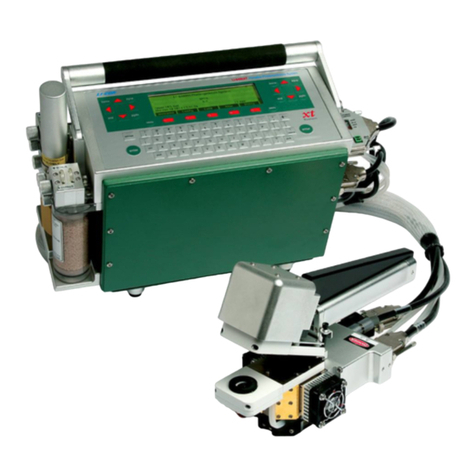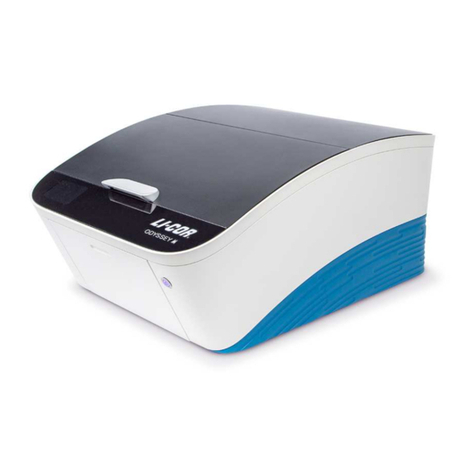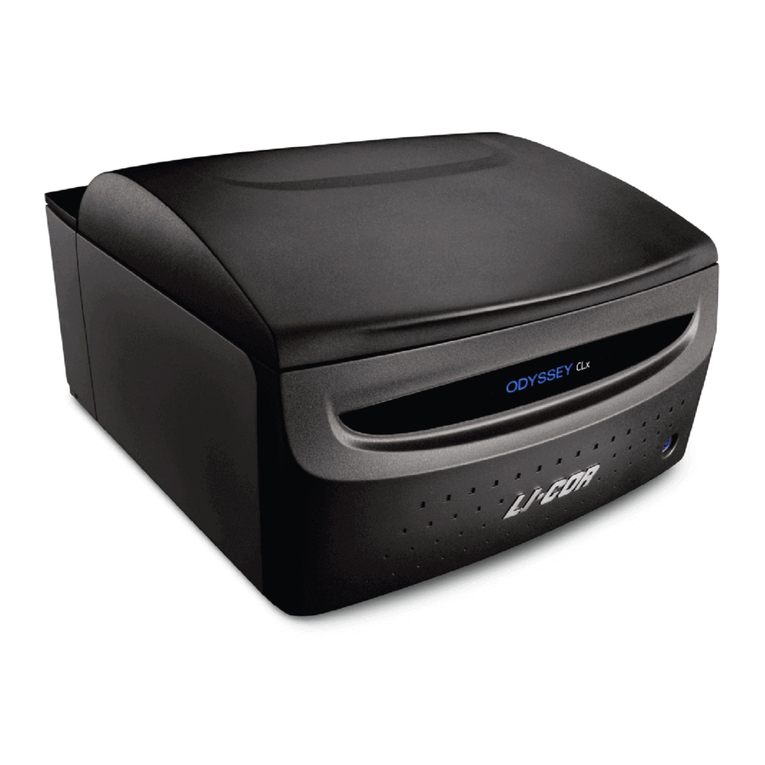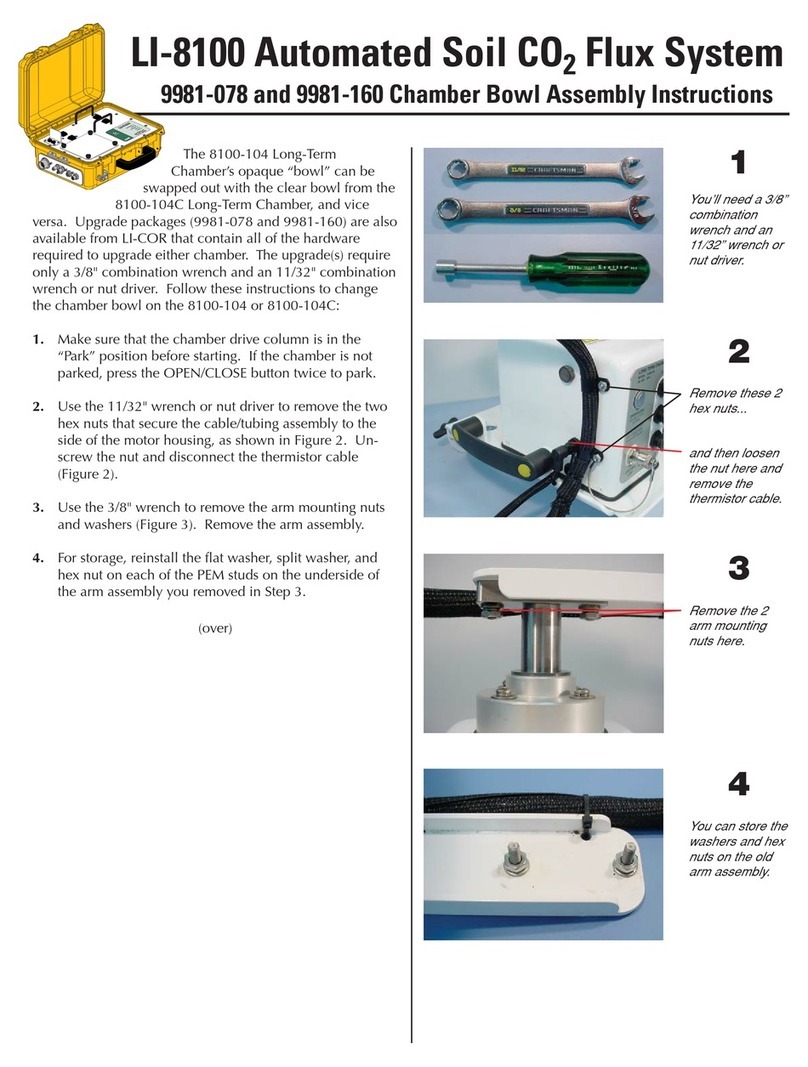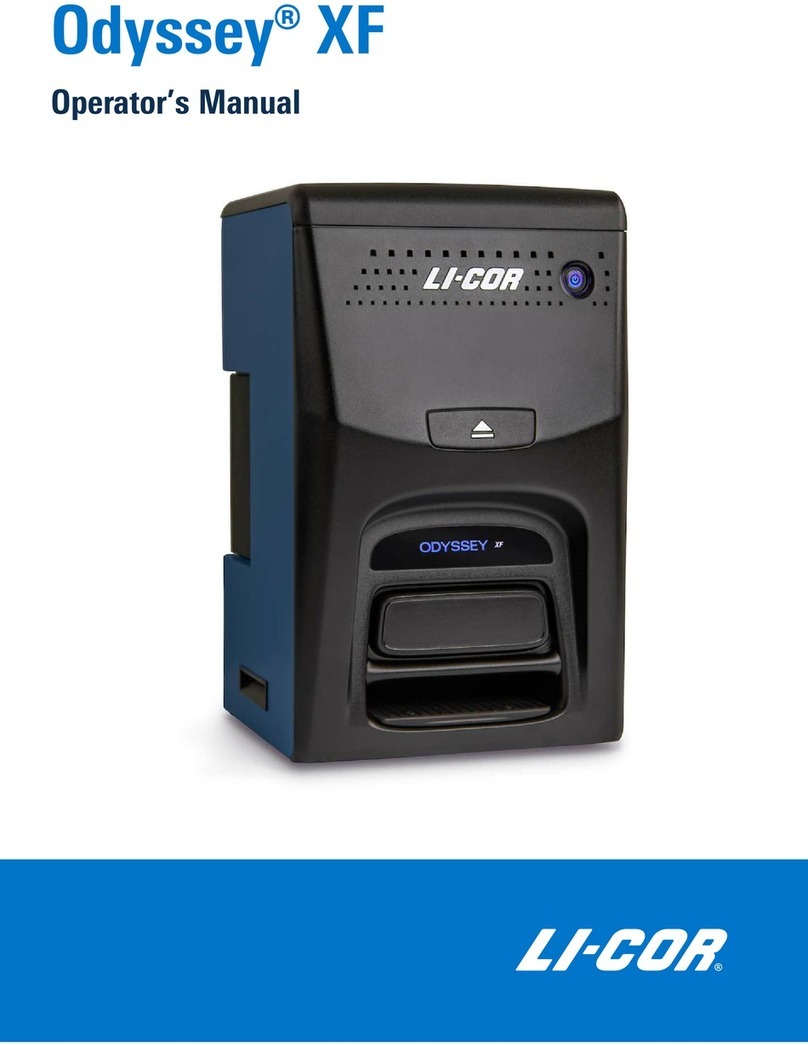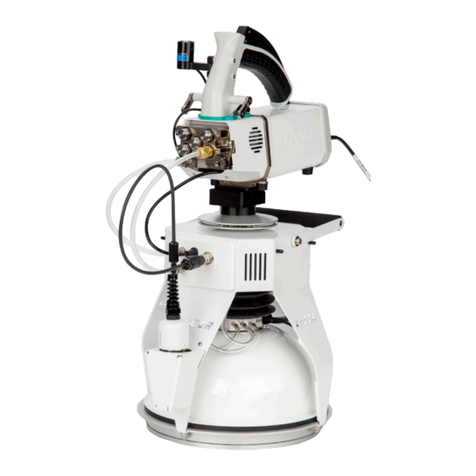
Step 2: Wiring voltage regulator terminals
The voltage regulator is the component that makes is possible
to run the AirPort Express off of a DC power source. The key
components of the voltage regulator are shown in Figure 3.
The key steps are (1) solder wires to the input and output
sides of this regulator and then (2) adjusting the output of the
regulator to 3.3 V.
Figure 3. Voltage regulator. To properly adjust the voltage
regulator (detailed in Step 3), apply a DC voltage source
between 4.3-30V on the input voltage side and then monitor the
output voltage on the opposite side using a voltage meter.
Turn the screw on the potentiometer until the output voltage
reads 3.3V.
Cut approximately a 16-inch length of both the red and black
wiring. These wires will be soldered to the “in” side of the
voltage regulator. Strip approximately 1/4 inch of insulation
off of each end. Using the soldering iron, put a small amount
of solder on the ends of each wire. Then, form one end of
each wire into a hook and hook these ends into the appropri-
ate terminals in the voltage regulator (red wire to the positive
terminal and black wire to the negative terminal; if using
alternative colors, just keep your color convention consistent
throughout). Solder the wires to the terminal by placing a
small amount of solder on both the terminal and wire. To add
some strain relief, you can twist the wires together a couple
times as shown in Figure 4.
Figure 4. Voltage regulator with wiring soldered to the ‘in’ side
of the device.
The next step is to solder wires to the “out” side of the voltage
regulator. Cut a 4-inch length of black and red wiring, again
stripping 1/4 inch of insulation off of each of the four ends,
soldering these ends, and then forming the ends into hooks.
Solder one end of each wire to the appropriate terminal on the
voltage regulator’s “out” side.
Step 3: Set voltage regulator
Setting the voltage regulator is the next step. However, a
voltage of some kind needs to be applied to the incoming
terminals. Then you can measure and adjust the voltage on
the “out” side using a voltmeter. The supply voltage can be
anywhere between about 4.3 - 30VDC. After a voltage is
applied to the “in” side, monitor the voltage on the “out” side
using a voltage meter and turn the potentiometer dial so that
the “out” side voltage reads 3.3 V. See Figure 3 to better
understand the voltage regulator and how to adjust it. Then,
apply some nail polish or threadlock to the potentiometer dial
to prevent inadvertently moving the dial later on. Then,
check the voltage on the “out” side one more time. If the
voltage on the “out” side isn’t adjusted to 3.3 V, the AirPort
Express may not work correctly or could be damaged, thus
releasing the device’s magic smoke.
Step 4: Connecting voltage regulator to the AirPort
Express
Connecting the voltage regulator to the AirPort Express
simply involves soldering the two wires on the “out” side to
the ground and +3.3 V terminals in the router. Solder the
negative wire to the router’s ground terminal and solder the
positive wire to the +3.3 V terminal (see Figure 5). You can
now tear off the remaining side of the double-sided sticky tape
and place the voltage regulator into the AirPort Express on
top of the sticky tape. Now, replace the ground screw as
indicated in Figure 6 using the appropriate Torx screwdriver.
This will serve as a post for strain relief. The wires that are
connected to the voltage regulator’s “in” side can be wound
around this post before routing them through the AC cord
connection hole in the AirPort Express case.
Figure 5. Photo showing the wiring connections of the ‘out’
side of the voltage regulator to the appropriate terminals of the
AirPort Express. The negative lead from the voltage regulator
should be soldered to the ground terminal and the positive lead
should be soldered to the +3.3V terminal.
